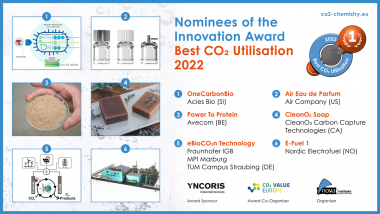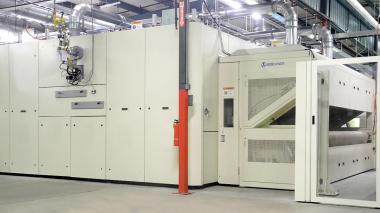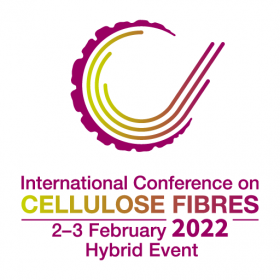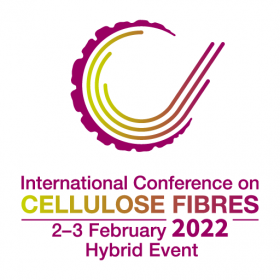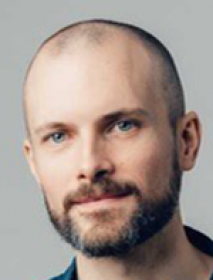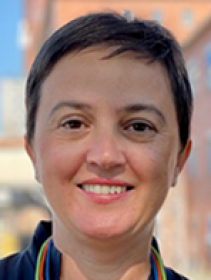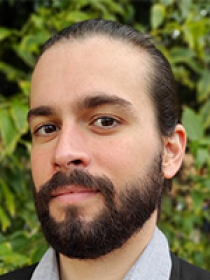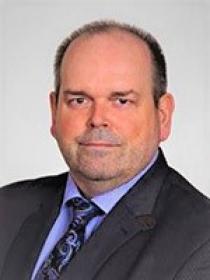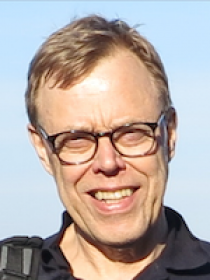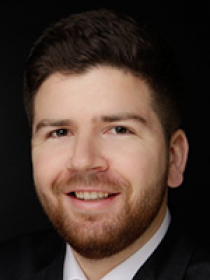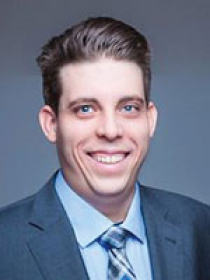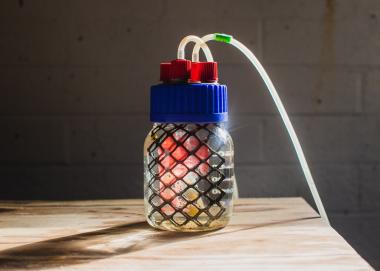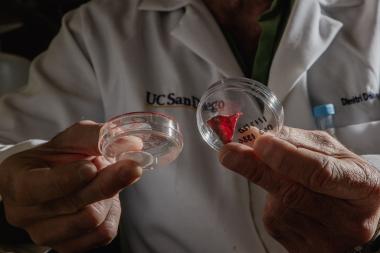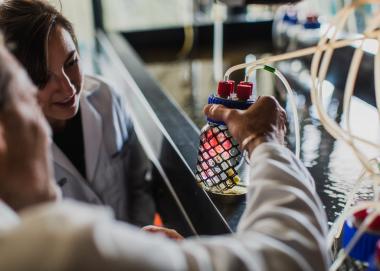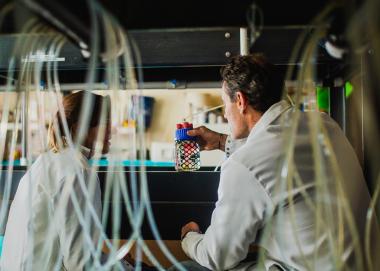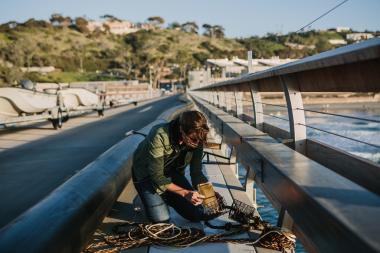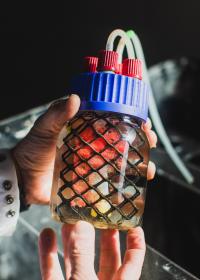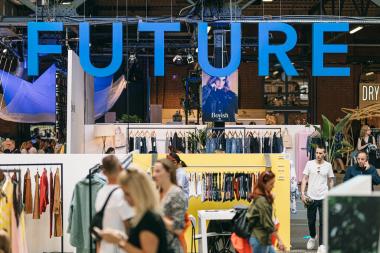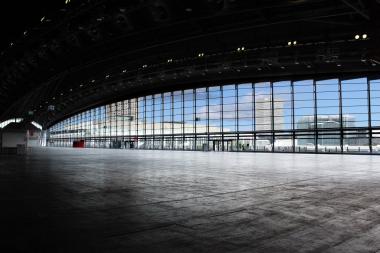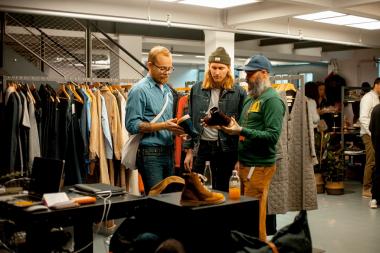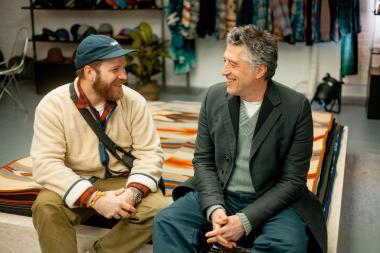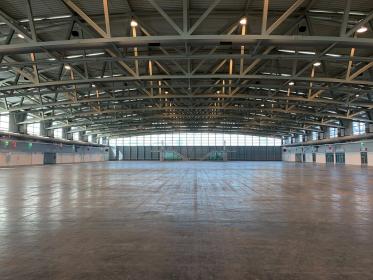TMAS: TEXO AB sees Demand for Compfelt Weaving Looms
TEXO AB, a member of TMAS, the Swedish textile machinery association, is currently seeing a surge in demand for its Compfelt weaving looms for press felt base fabrics.
“These are far from standard machines,” explains TEXO President Anders Svensson. “Off-the-shelf industrial weaving machines generally range in their working widths from 1.9 to 3.2 metres, with those purpose-built for technical applications such as geotextiles extending to wider widths of six metres and beyond. Meanwhile, one of the machines we have recently successfully delivered and commissioned has a working width of 23 metres and is not even the widest of the many such machines the company has engineered and delivered worldwide since its formation.”
A second recently-delivered line has a more modest working width – in relative terms – of 13 metres.
Paper machines
The demand for such machines comes from the suppliers of paper machine clothing (PMC) to paper mills, who in turn operate colossal machines for paper manufacturing.
On of the largest paper making machines is currently believed to be located on Hainan Island off the southern coast of China and is 428 metres long – roughly the length of four football pitches. Naturally, such machines require equally large-scale components, which is where TEXO comes in. All paper machines require a regular supply of PMC fabrics which are employed in three separate areas of the paper machine – the forming section, the press section and the drying section.
Press felts
TEXO Compfelt weaving machines are specifically employed for the production of endless (tubular) woven base fabrics for the press section of paper machines, where water is mechanically removed from the newly formed sheet of fibres. In the simplest press, the sheet is carried by the PMC fabric between two rolls, where water is squeezed out by the application of load and pressure. This can also be assisted by the use of vacuum and heat. The PMC fabrics here need to be replaced regularly, with a maximum lifespan of six months.
Press felts have become increasingly sophisticated over the years, consisting of complex woven base structures which are subsequently combined with nonwovens via needlepunching on equally huge machines. The woven base fabrics are primarily made from polyamide for its strength and hygroscopic and elastic properties.
Dobby harness
“A major refinement of the machine has been the ability to equip it with up to 24 dobby harness frames to meet the demand for sophisticated structures from the PMC manufacturers. Although the PMC business represents a small proportion of the total cost of manufacturing paper, it can have a significant impact on the quality of the paper, the efficiency of a machine and machine production rates.”
Another significant development has been that of a self supporting base pre-filled with concrete, which has eliminated the need to dig out foundations in a plant to support the machine.
Retrofits
TEXO’s looms are built to last, but technology moves forward, and the company is also currently active in the retrofitting of existing machines built as far back as the 1970s.
Integration
TEXO has also just integrated its offices and production centre at its base in Älmhult, Sweden, to create a unified 5,000 square metre site.
TMAS / AWOL Media







